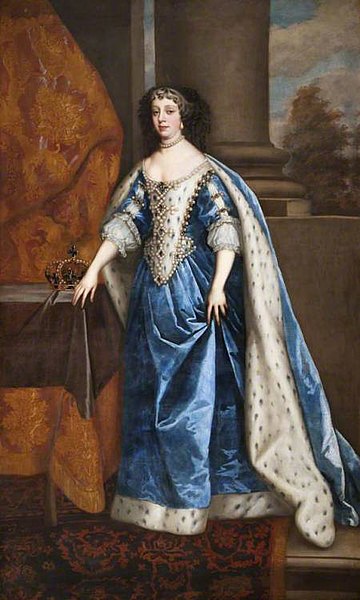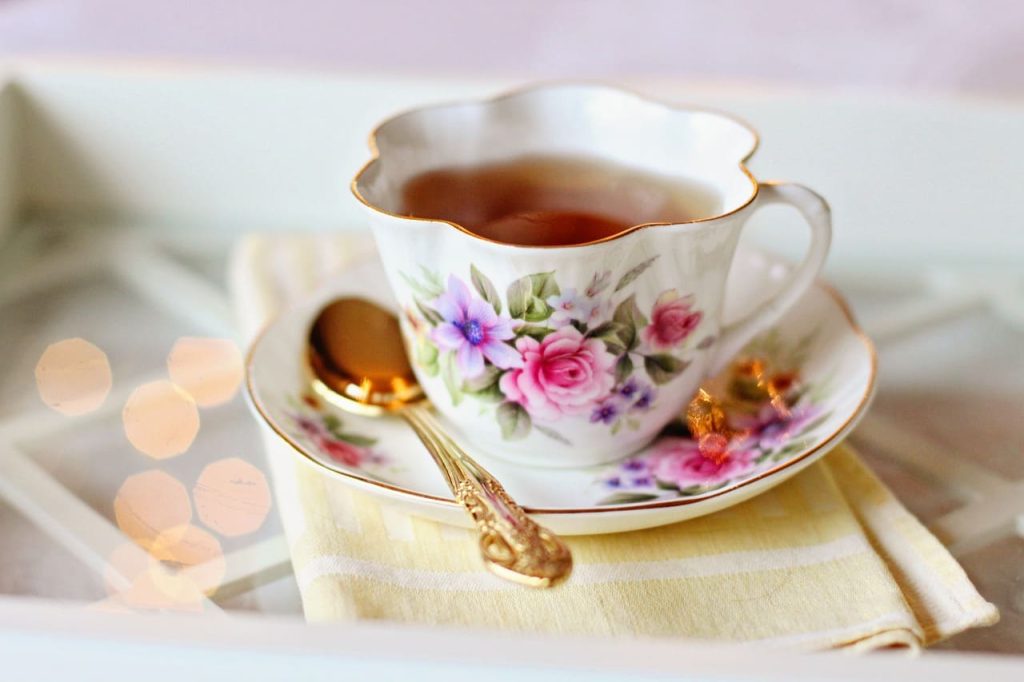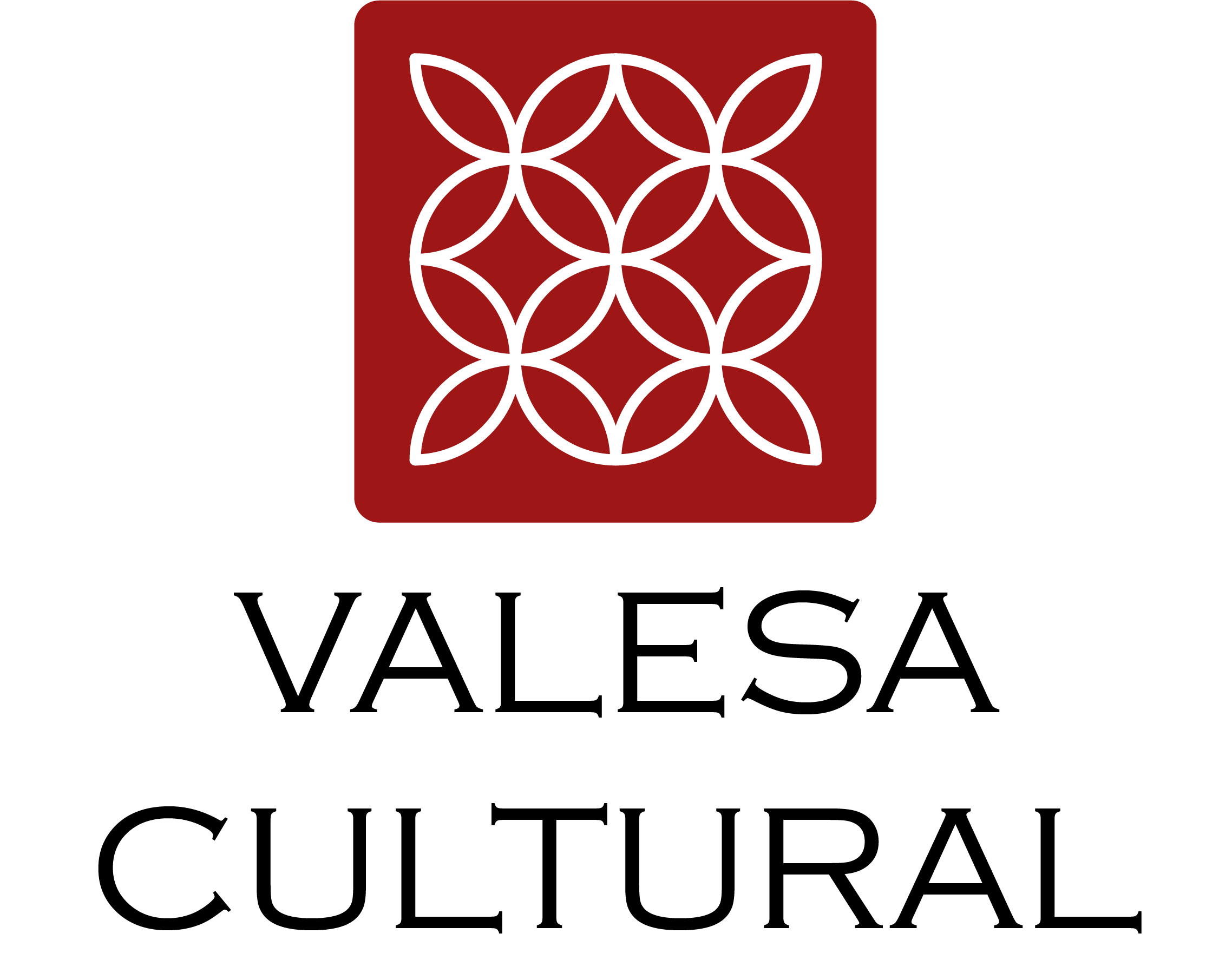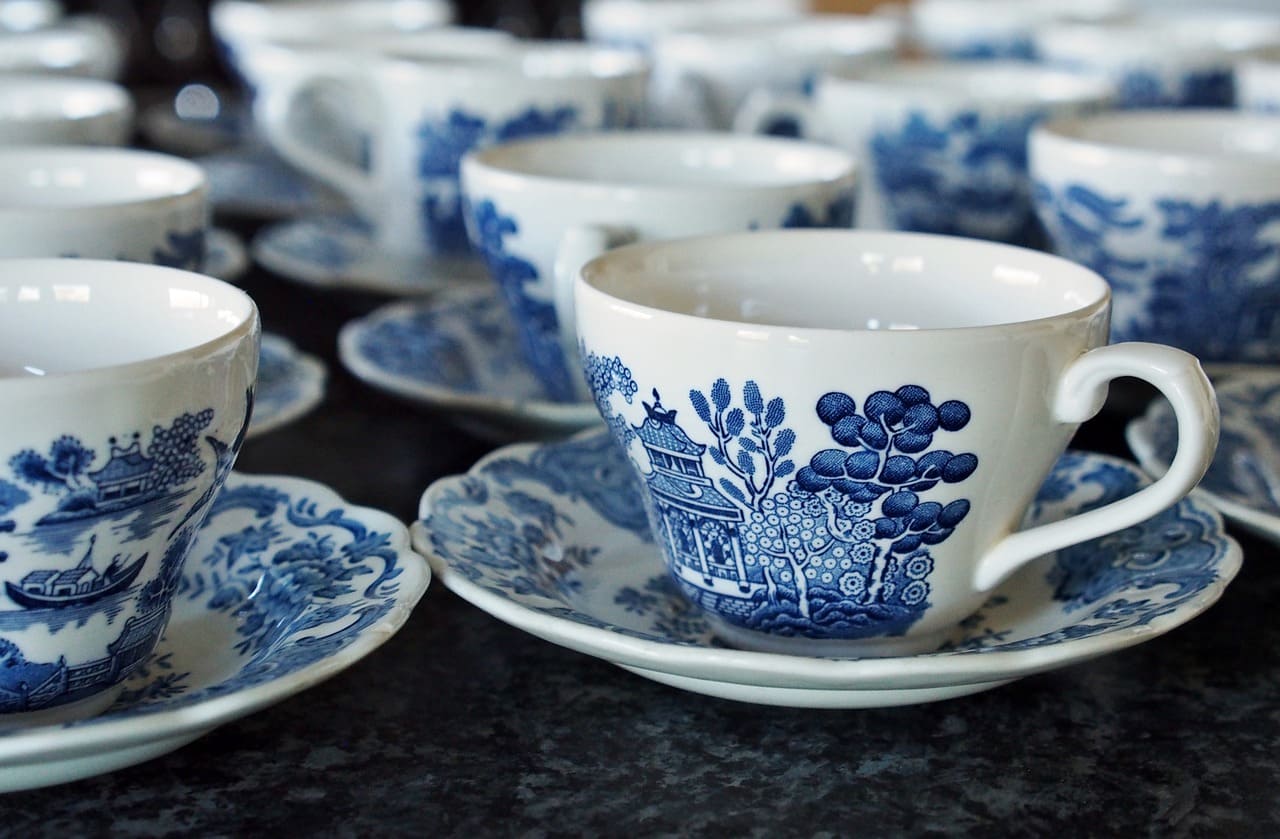Across the world, and especially in England, tea is more than just a drink—it’s a cherished tradition. But how did this warm, comforting brew become so popular? The answer lies in the influence of one woman: Portugal’s Catherine of Braganza, daughter of King John IV.
When Catherine married England’s King Charles II in 1662, she brought more than just political ties—she also carried her beloved loose-leaf tea among her personal belongings. At the time, tea was already well known in Portugal, thanks to the country’s direct trade with China via its colony in Macau. However, in England, tea was considered more of a medicinal remedy and remained an expensive luxury enjoyed only by the aristocracy.
As a prominent figure in royal society, Catherine’s tea-drinking habits quickly set a trend among the English elite, particularly among women. Before long, tea became associated with high society and refined gatherings, paving the way for the beloved British tradition of afternoon tea.
Portugal also played a key role in popularizing the beautifully painted porcelain cups used to serve tea. As one of the main routes by which porcelain arrived in Europe, Portugal helped make these exquisite tea sets highly desirable.
Thanks to Catherine of Braganza and Portugal’s influence, tea drinking transformed from a rare luxury into a deeply embedded part of British culture—one that continues to thrive to this day.



